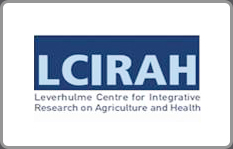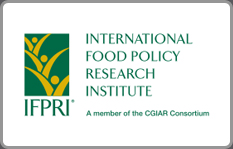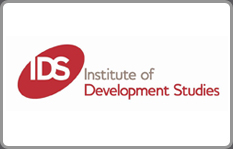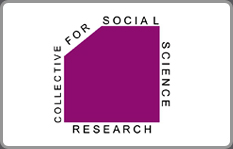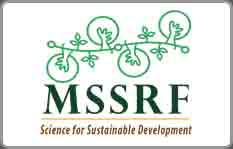Enabling environments for nutrition
How enabling is the wider context in linking agriculture and food systems to other determinants of nutritional status?
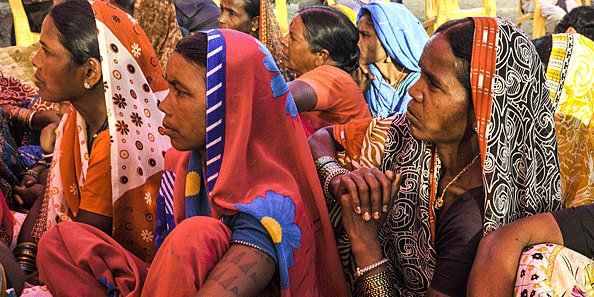
Photo credit: Asian Development Bank
What is the impact of Enabling Environments for Nutrition?
Stuart Gillespie explains the enabling environment for nutrition sensitive agriculture.
Determinants of nutritional status
As the UNICEF model makes clear (see figure), nutritional status is driven by various interacting factors and processes, which play out at different levels and over different time spans.  At an immediate level, an individual’s dietary intake and her/his health status is paramount, but these indices are themselves determined by underlying household-level drivers (including food security, access to health services, water and sanitation and child caring capacity and practice), and more structural drivers relating to policy, politics and power.
At an immediate level, an individual’s dietary intake and her/his health status is paramount, but these indices are themselves determined by underlying household-level drivers (including food security, access to health services, water and sanitation and child caring capacity and practice), and more structural drivers relating to policy, politics and power.
Enabling environments for nutrition
Environments in which the basic social, economic and political conditions are broadly favourable to nutrition have been referred to as “enabling environments”. By contrast, such conditions or environments may be neutral or disabling for nutrition.
In South Asia, many underlying factors, processes and environments are not enabling for nutrition. Nutrition-sensitive programmes often have low coverage, poor targeting and poor quality and/or intensity of service delivery. Violence and fragility may in certain places and certain times characterise a disabling environment, not only for agriculture but also for nutrition in general. This raises the question of whether there are interventions that need to be made outside of agriculture to further catalyse significant improvement in nutritional status. A corollary of this hypothesis is that agricultural growth in South Asia may have weak impacts on nutrition when the supporting investments outside agriculture are not in place. Under such circumstances, is it reasonable to expect even the most broad-based agricultural growth to have a positive impact on nutrition status?
Under this research theme we locate agriculture in the broader development context. We explore which investments outside of agriculture (for example, in direct nutrition interventions, health or education) can leverage agriculture to deliver improved nutritional outcomes.
Our research and activities in this research theme are summed up under two sequential questions:
- What are the barriers and facilitators to nutrition-sensitive agricultural development in the region?
- Where, to what extent, and how, can the major disconnects between agriculture and nutrition in South Asia be bridged through non-agricultural interventions?
In addition we have awarded 4 research grants with the aim of improving our understanding of how to develop enabling environments for agriculture and agri-food systems to effectively play their part in addressing undernutrition.


